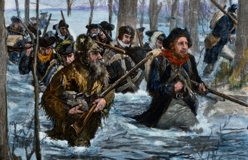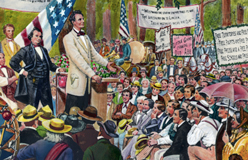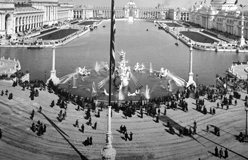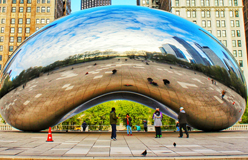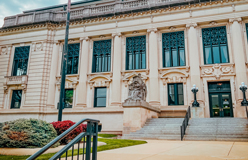Have you ever had something that others wanted?
Maybe it was a game, or a book, or a piece of clothing. The same was true for the region that would become Illinois. First, the French laid claim to it. Then the British. And finally, with the War of Independence, the Americans.

◀ For 40 years, explorers, trappers, and missionaries had traveled west toward Illinois. Then, on June 14, 1671, the French military officer and explorer Simon-François Daumont de St. Lusson claimed a huge part of North America – including present-day Illinois – for France. His claim included the Great Lakes and all the land bordering the rivers that flowed from them. French control of the land would last for almost 100 years.
French explorers Louis Jolliet and Father Jacques Marquette were the first Europeans to reach Illinois. The year was 1673. Their mission was to explore a waterway the Indigenous peoples called the “Great River” and find out where it ended. The explorers followed the Mississippi River for two months and hundreds of miles. ▶
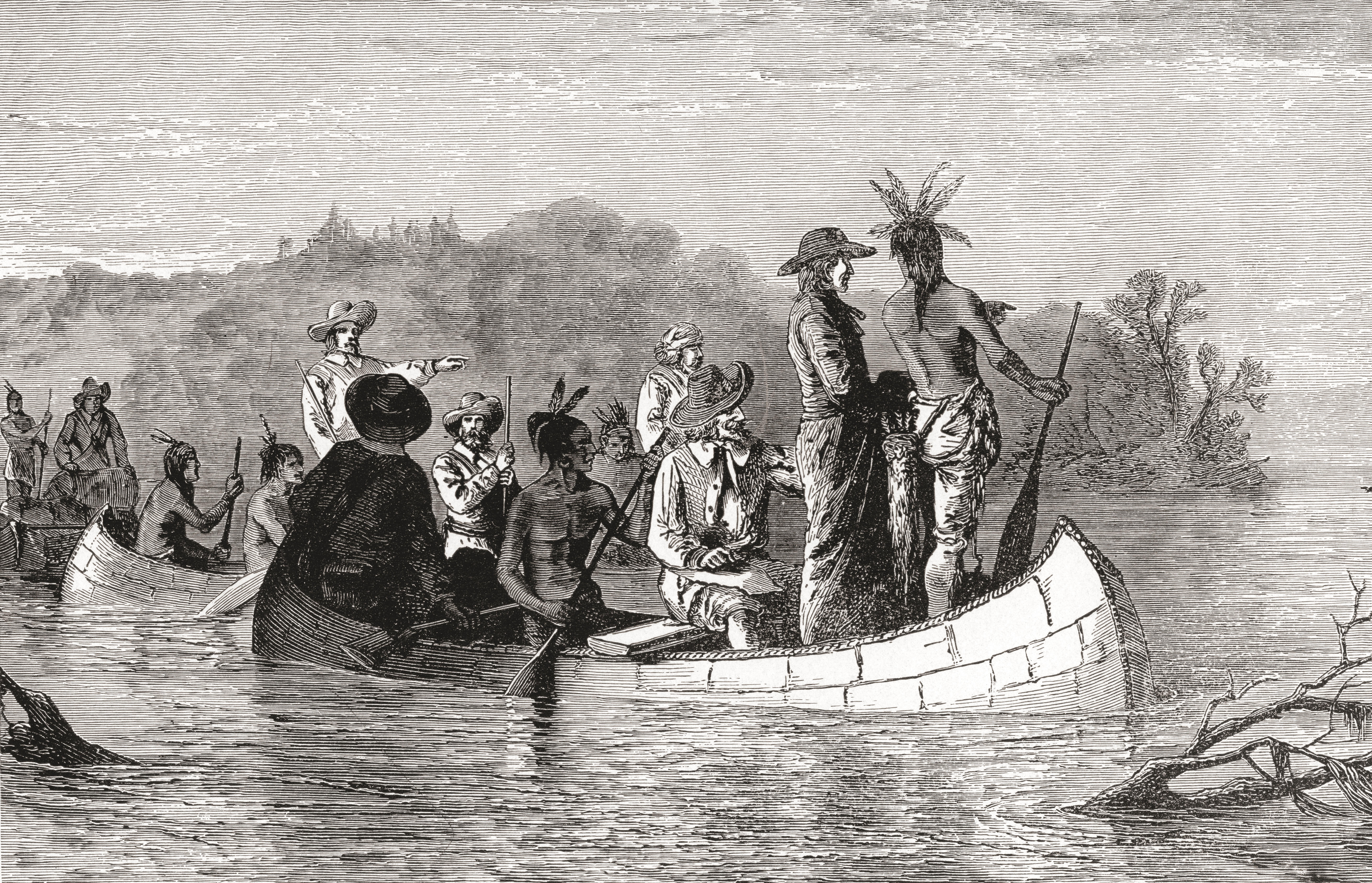

◀ In 1682, René-Robert Cavelier de La Salle led an expedition down the Mississippi all the way to the Gulf of Mexico. De La Salle claimed all the land for France and named it Louisiana, after King Louis XIV of France, clinching France’s “ownership” of the region.
In 1698, French explorer Henri de Tonti established the site for the first European settlement in Illinois and named it Cahokia after an Illiniwek tribe who lived nearby. Cahokia became a trading center for boats traveling up and down the Mississippi River, but it would only be a matter of years before the land was given up to Britain. ▶
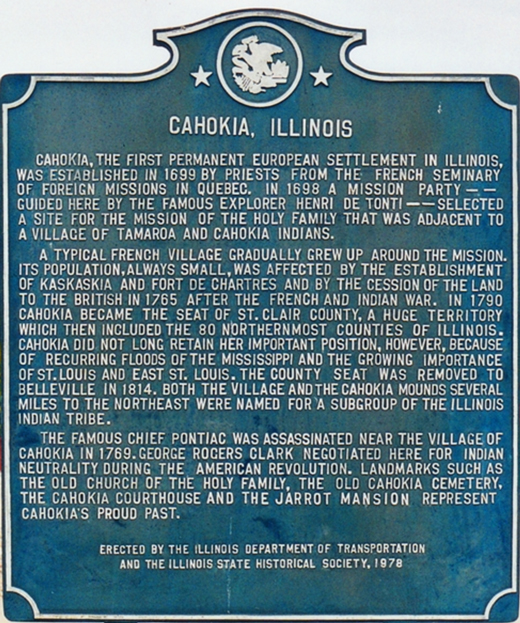
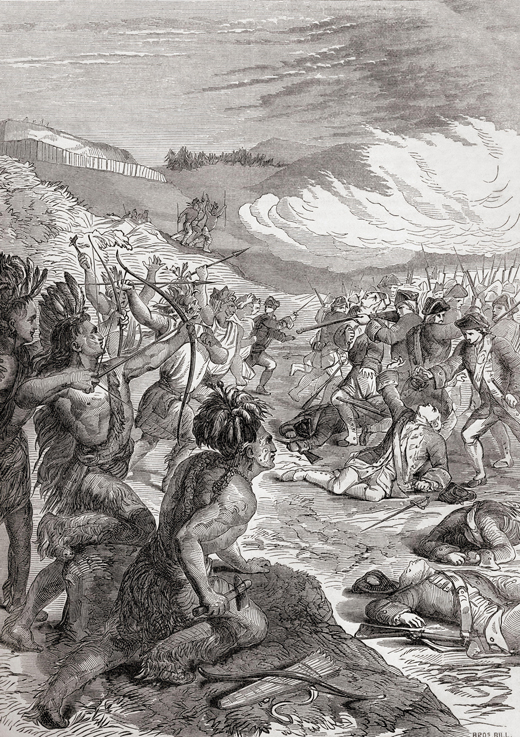
◀ France and Britain went to war over control of land that included Illinois in a conflict known as the French and Indian War. Many Indigenous peoples sided with the French, but some sided with Britain. In the end, Britain won the war, and in 1763, France gave control of present-day Illinois to the British. A consequence for Indigenous peoples was that they began to lose their land to British settlers.
His name was Jean Baptiste Pointe duSable. It’s likely he was born in Haiti in 1745 and educated in France. In the 1770s, he settled along the northern banks of the Chicago River. DuSable is recognized as the first non-Indigenous settler in what is now Chicago. He spoke several languages and had a successful trading business. Etzer Cantave, president of the DuSable Heritage Association, described him this way. ▶
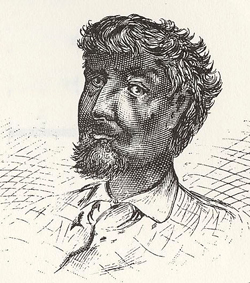
DuSable had such a business acumen [skill] that he took advantage of all the economic possibilities that the area had to offer and then presented them in a way that served his community, that served his partners and developed not only Chicago but the Midwest.
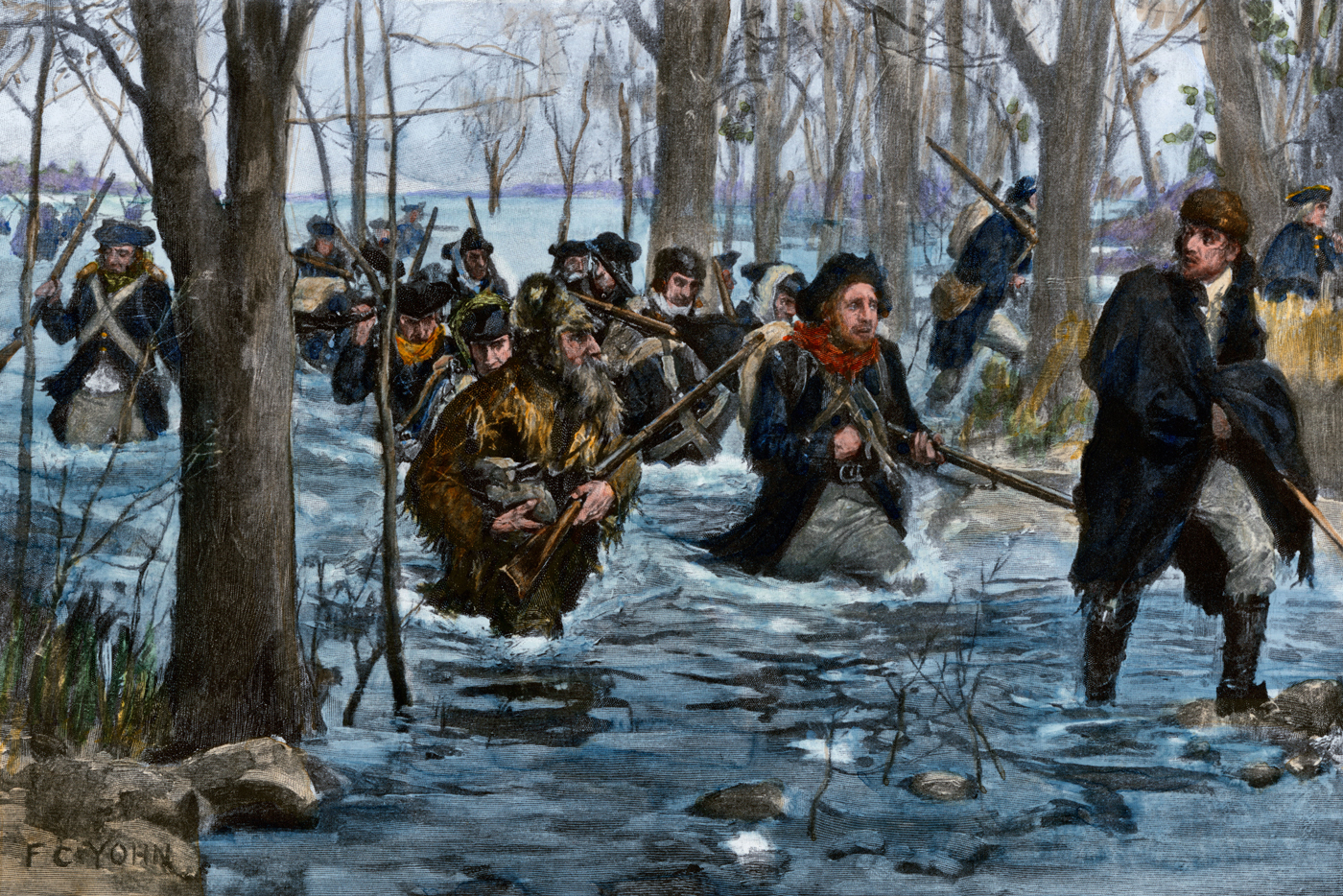
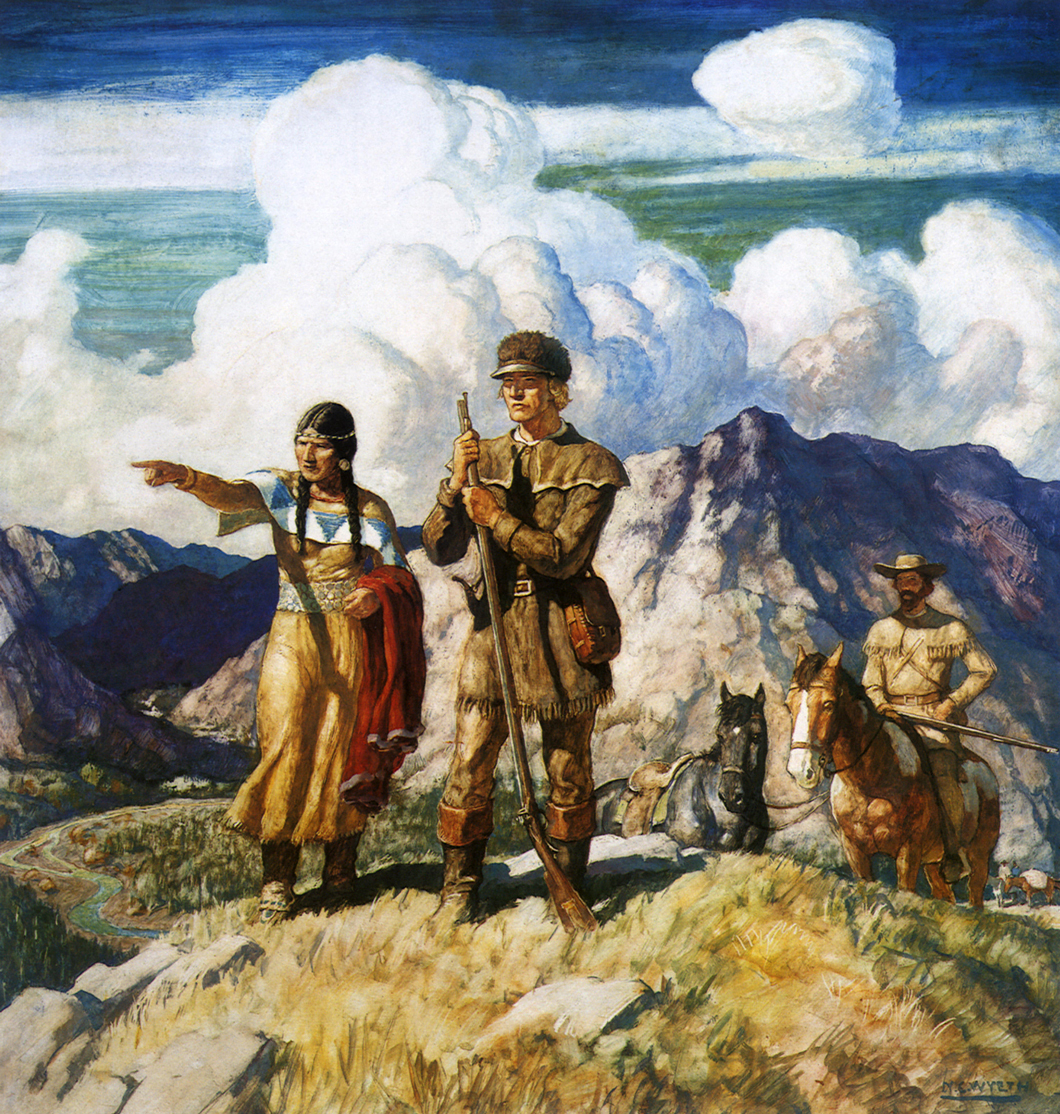
▲ In 1803, the United States had acquired the Louisiana Territory from France. It was time to find out exactly what was out there. To do so, President Thomas Jefferson chose Meriwether Lewis and William Clark, George Rogers Clark’s younger brother, to lead the Corps of Discovery. The journey began in Illinois at Camp River Dubois, where the Mississippi and Missouri Rivers meet. The expedition had several goals, which were to map the Missouri River, to find a water route to the Pacific Ocean, to make a record of plant and animal life, to establish peace with the Indigenous peoples, and to explore possibilities for future business and settlement. In the spring of 1804, the corps left the camp for a journey that would last two years and cover 8,000 miles.
Think Piece!
Imagine you were a member of the Corps of Discovery. How do you think you would feel about being part of the expedition?
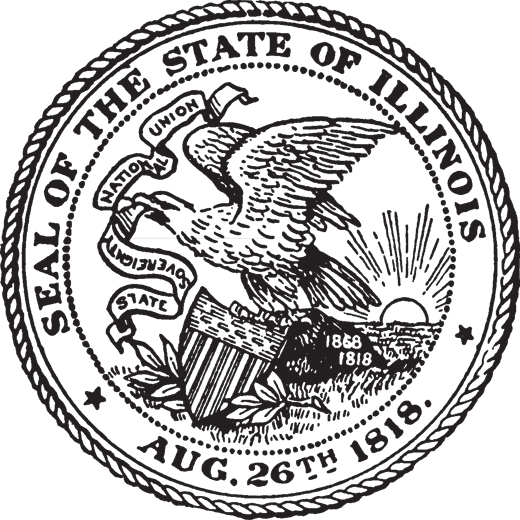
◀ After George Rogers Clark’s victory, Illinois became part of the United States, but it was not yet a state. In 1787, it became part of the Northwest Territory, and in 1809, it became part of the Illinois Territory. Then, in 1818, it was official. Illinois became our 21st state.


